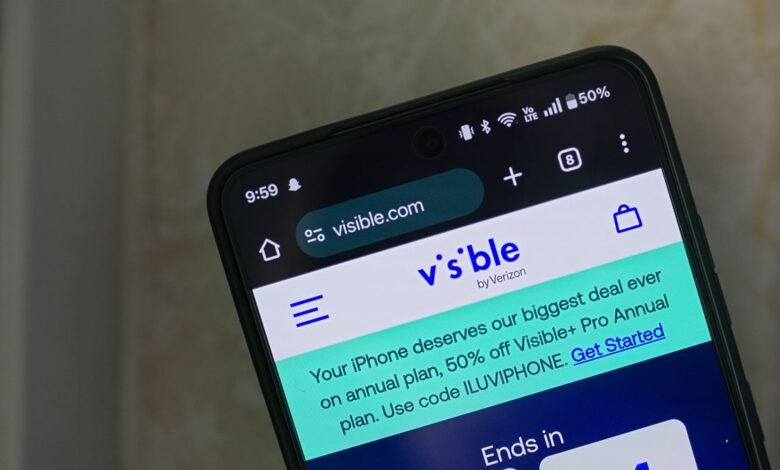Your Guide to Prepaid Phone Plans and MVNOs

▼ Summary
– Prepaid phone plans offer lower prices than contract plans while providing similar coverage and speed from major networks like AT&T, T-Mobile, and Verizon.
– They are ideal for customers who prefer buying unlocked phones outright and avoiding contracts, phone financing, and unnecessary extras like mobile hotspot coverage.
– Prepaid providers, known as Mobile Virtual Network Operators (MVNOs), use existing cellular networks from MNOs but may have different limitations on network access.
– The distinction between MVNOs and MNOs has blurred due to mergers, such as TracFone being acquired by Verizon and MetroPCS merging with T-Mobile.
– The key difference in phone plans is prepaid (paying upfront) versus postpaid (billing after use), with MVNOs differing from MNOs in payment structure and features.
Prepaid phone plans offer a compelling alternative to traditional contracts, delivering significant cost savings without sacrificing the network quality of major providers like AT&T, T-Mobile, and Verizon. Far from being limited to temporary use, these plans appeal to anyone seeking flexibility and full ownership of their device. By avoiding long-term commitments, expensive phone financing, and unnecessary add-ons, users gain control over their mobile expenses while enjoying robust service.
The reputation of prepaid services has shifted considerably. They represent a smart choice for consumers who prefer purchasing unlocked phones outright. Eliminating multi-line requirements, costly installments on premium handsets, and features like mobile hotspot access translates into lower monthly bills. It’s important to recognize that not all prepaid options perform identically. Most operate on established carrier infrastructures but impose varying restrictions on network priority and data allowances.
Explore our additional mobile device guides covering top iPhone models, leading Android smartphones, budget-friendly devices, and popular Samsung, Motorola, and Google Pixel offerings.
The prepaid landscape has evolved dramatically through industry consolidation, creating some confusion for consumers. The fundamental division lies between Mobile Virtual Network Operators (MVNOs) and Mobile Network Operators (MNOs). MNOs such as T-Mobile, AT&T, and Verizon maintain their own physical network infrastructure. MVNOs function as resellers, purchasing network access from these established carriers. Cricket Wireless, for instance, operates on AT&T’s network, while Google Fi primarily utilizes T-Mobile’s system.
Recent market developments have blurred these traditional categories. Previously independent MVNOs like TracFone have been acquired by larger carriers, Verizon in this particular case. Some brands that formerly operated their own networks now function as MVNO subsidiaries. MetroPCS exemplifies this transition, having merged with T-Mobile in 2012 before rebranding as Metro by T-Mobile six years later.
Given the current integration between MVNOs and MNOs, infrastructure ownership no longer serves as the primary differentiator. The crucial distinction remains between prepaid and postpaid billing structures: Prepaid requires payment before service use, while postpaid bills customers for usage after the fact. Beyond payment timing, several characteristics separate MVNO offerings from traditional carrier plans.
(Source: Wired)
